Understanding the states of matter is a fundamental concept in chemistry. From the air we breathe (a gas) to the water we drink (a liquid) and the ground we walk on (a solid), matter exists in various forms. Worksheets designed to explore these states of matter are invaluable tools for students to solidify their comprehension of the properties, behaviors, and transformations associated with solids, liquids, and gases.
These worksheets typically cover a range of topics, starting with basic definitions and then progressing to more complex concepts like phase changes, intermolecular forces, and the kinetic molecular theory. A well-designed states of matter worksheet will not only test a student’s knowledge but also encourage critical thinking and problem-solving skills. Questions might involve identifying the state of matter given certain properties, predicting the outcome of a phase change under specific conditions, or explaining the behavior of gases based on the kinetic molecular theory. The inclusion of diagrams and real-world examples helps students connect abstract concepts to tangible experiences, making the learning process more engaging and effective.
For instructors, states of matter worksheets serve as a valuable assessment tool, providing insights into students’ understanding of the topic. They can identify areas where students are struggling and tailor their instruction accordingly. Furthermore, the worksheets can be used as in-class activities, homework assignments, or even as part of a quiz or test. The versatility of these worksheets makes them an indispensable resource in any chemistry classroom. Moreover, the act of working through the worksheet forces students to actively engage with the material, prompting them to recall information, apply concepts, and analyze situations. This active learning approach is far more effective than passive listening or reading, leading to a deeper and more lasting understanding of the states of matter.
The following provides answers to a sample States of Matter Worksheet, focusing on key concepts and common question types. Keep in mind that this is a hypothetical worksheet, and the specific questions and answers may vary depending on the curriculum and the instructor’s objectives. However, the general principles and topics covered will likely be similar.
States of Matter Worksheet: Answer Key
This answer key pertains to a hypothetical worksheet covering basic definitions, properties, and phase changes related to solids, liquids, and gases.
Part 1: Definitions
- Question 1: Define the term “state of matter.”
Answer: A state of matter is a distinct form that matter can exist in. These forms are primarily determined by the arrangement and energy of the atoms or molecules that make up the substance. The most common states are solid, liquid, and gas, but plasma is also a state of matter. - Question 2: Define the term “solid.”
Answer: A solid is a state of matter characterized by a fixed shape and volume. The particles (atoms, ions, or molecules) in a solid are tightly packed together and held in fixed positions by strong intermolecular forces. - Question 3: Define the term “liquid.”
Answer: A liquid is a state of matter that has a fixed volume but no fixed shape. Liquids take the shape of their container. The particles in a liquid are close together but can move and slide past each other. - Question 4: Define the term “gas.”
Answer: A gas is a state of matter that has neither a fixed shape nor a fixed volume. Gases expand to fill the available space. The particles in a gas are widely spaced and move randomly.
Part 2: Properties of Matter
- Question 1: List three properties of solids.
Answer:- Fixed shape
- Fixed volume
- High density
- Incompressible (generally)
- Question 2: List three properties of liquids.
Answer:- Fixed volume
- Takes the shape of its container
- Fluid (can flow)
- Incompressible (generally)
- Question 3: List three properties of gases.
Answer:- No fixed shape
- No fixed volume
- Low density
- Compressible
Part 3: Phase Changes
- Question 1: What is the name of the phase change from solid to liquid?
Answer: Melting - Question 2: What is the name of the phase change from liquid to gas?
Answer: Vaporization (or boiling, evaporation) - Question 3: What is the name of the phase change from gas to liquid?
Answer: Condensation - Question 4: What is the name of the phase change from liquid to solid?
Answer: Freezing - Question 5: What is sublimation? Give an example.
Answer: Sublimation is the phase change from a solid directly to a gas, without passing through the liquid phase. An example is dry ice (solid carbon dioxide) turning into gaseous carbon dioxide. Another example is iodine. - Question 6: What is deposition? Give an example.
Answer: Deposition is the phase change from a gas directly to a solid, without passing through the liquid phase. An example is frost forming on a cold surface.
Part 4: Kinetic Molecular Theory
- Question 1: Briefly explain the kinetic molecular theory.
Answer: The Kinetic Molecular Theory states that all matter is composed of particles (atoms, molecules, or ions) that are in constant motion. The amount of kinetic energy these particles possess is directly proportional to the temperature of the substance. The arrangement and movement of these particles dictate the state of matter. - Question 2: How does temperature affect the movement of particles in a gas?
Answer: As temperature increases, the particles in a gas gain more kinetic energy and move faster. - Question 3: Explain how intermolecular forces affect the state of matter.
Answer: Intermolecular forces are attractive forces between molecules. Stronger intermolecular forces lead to solids and liquids because the particles are held closer together. Weaker intermolecular forces allow particles to move more freely, resulting in gases.
If you are looking for Teach States of Matter with Engaging Worksheets for KS3 Chemistry you’ve came to the right web. We have 22 Pics about Teach States of Matter with Engaging Worksheets for KS3 Chemistry like Teach States of Matter with Engaging Worksheets for KS3 Chemistry, The Particle Theory of Matter – Worksheet – Wednesday, April 18, 2018 and also classification of matter worksheet – Google Search | Matter worksheets. Read more:
Teach States Of Matter With Engaging Worksheets For KS3 Chemistry
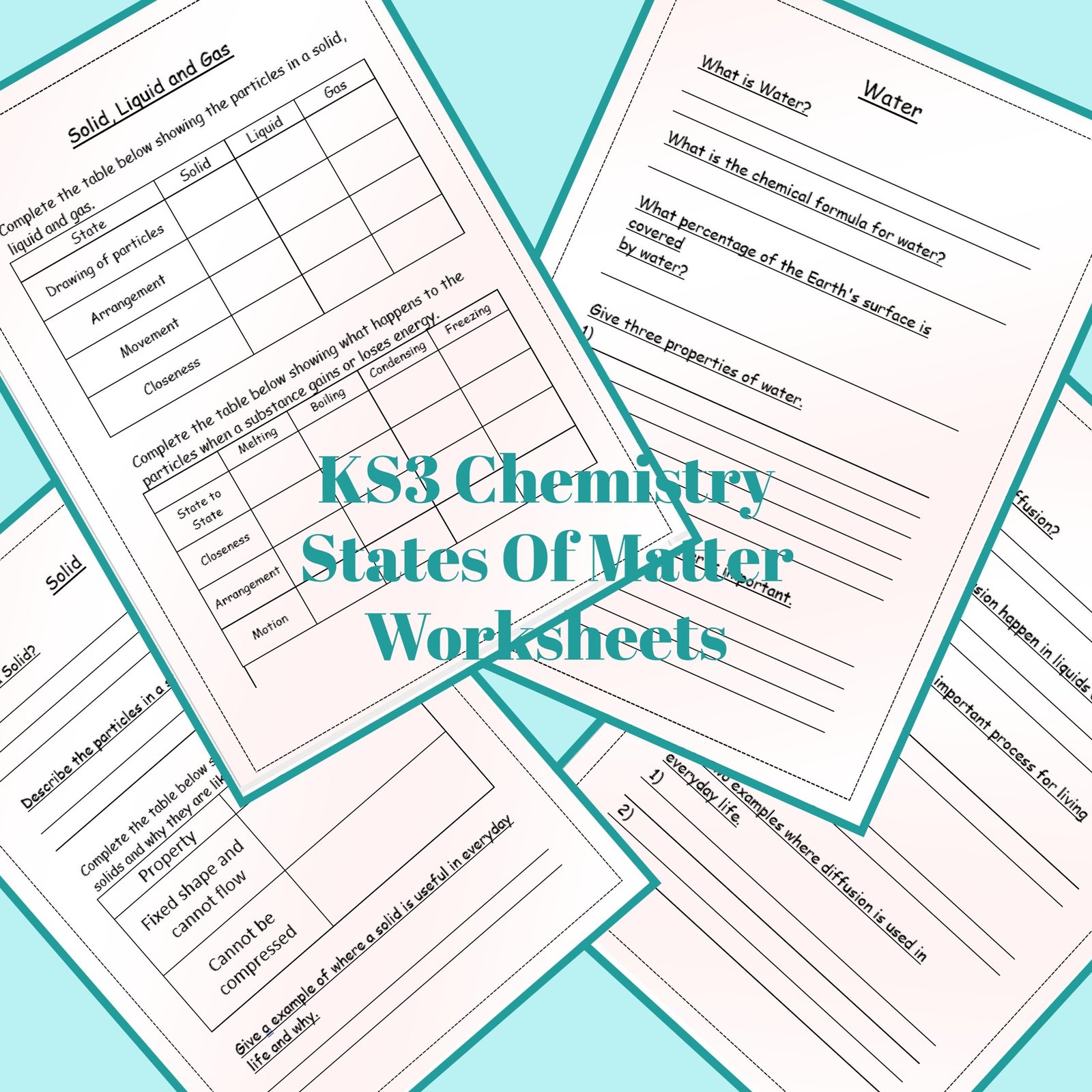
lessonplanned.co.uk
Changes Of States Of Matter Worksheet – ChemTribe

chemtribe.com
The Particle Theory Of Matter – Worksheet – Wednesday, April 18, 2018

www.pinterest.ca
Discover Printable States Of Matter With Grade 2 Worksheets

worksheets.clipart-library.com
States Of Matter Worksheet : Solid Liquid Gas Worksheet

www.planetspin.in
States Of Matter Worksheet : Solid Liquid Gas Worksheet

www.planetspin.in
Changing States Of Matter Worksheet Grade 2

learningvancetb.z14.web.core.windows.net
Class 11 Chemistry Worksheet On Chapter 5 States Of Matter – Set 1

worksheets.clipart-library.com
State Of Matter Worksheet – Pro Worksheet
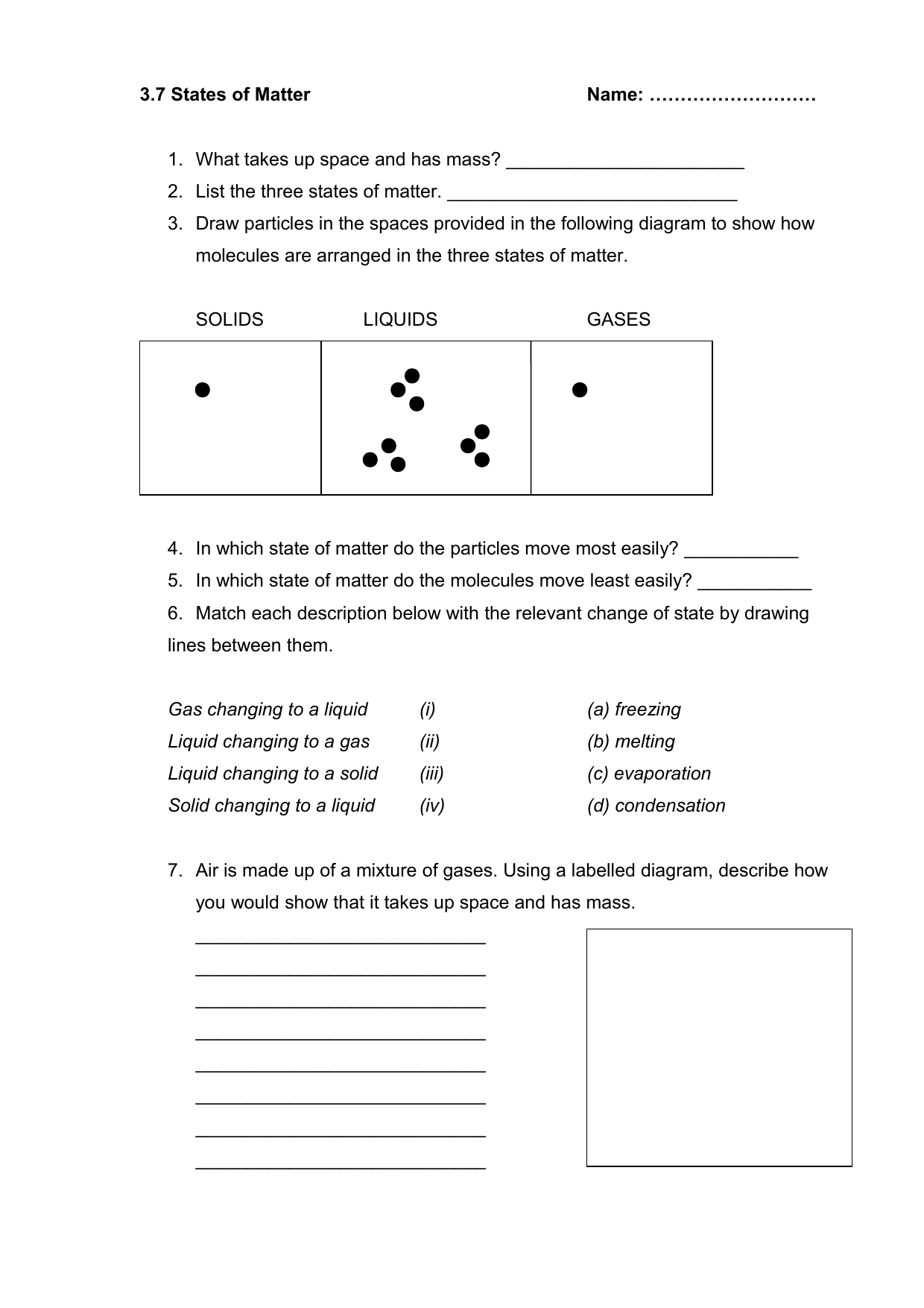
www.proworksheet.my.id
Teach States Of Matter With Engaging Worksheets For KS3 Chemistry
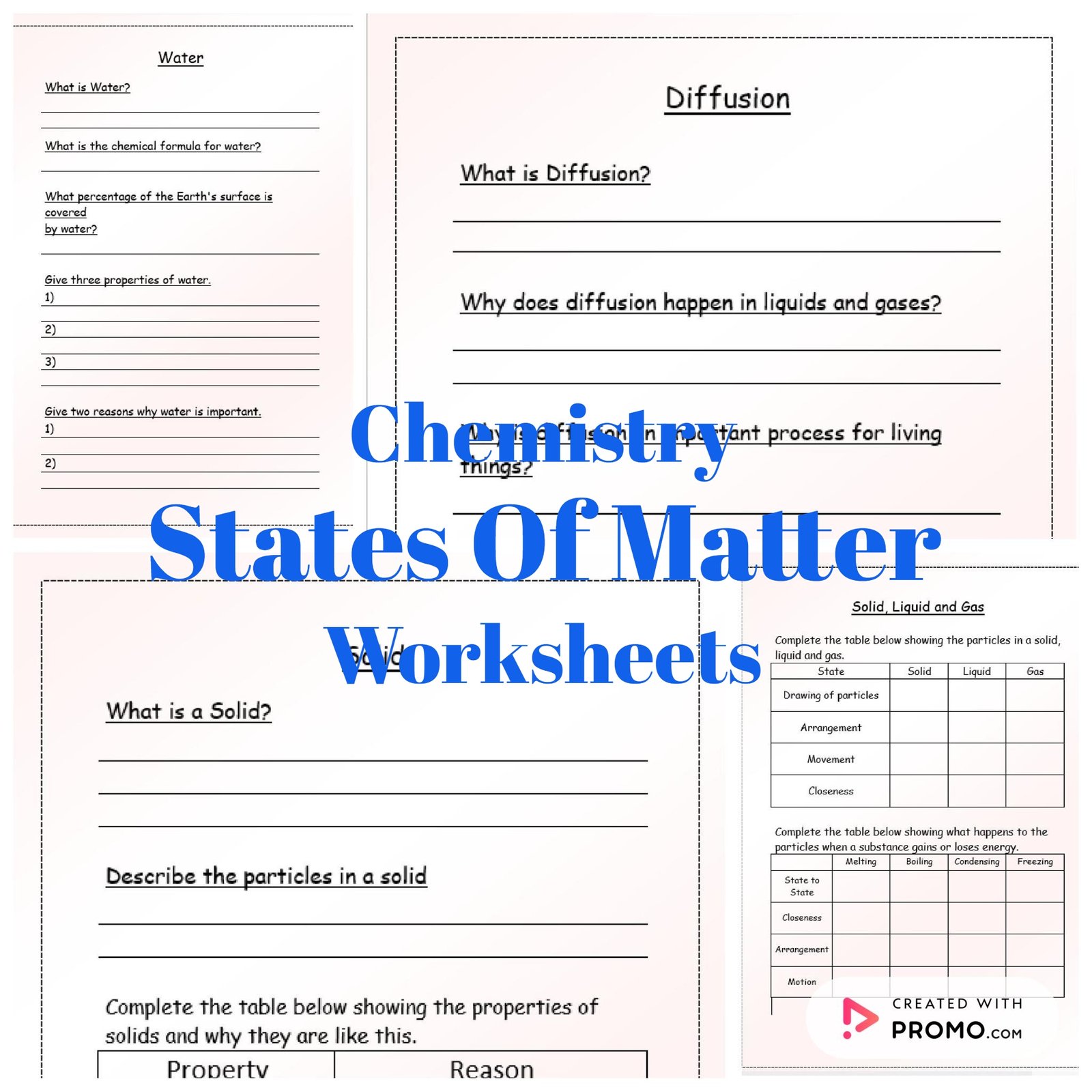
lessonplanned.co.uk
States Of Matter: Solids, Liquids & Gas Worksheets | Made By Teachers

worksheets.clipart-library.com
Classification Of Matter Worksheet – Google Search | Matter Worksheets

www.pinterest.com
States Of Matter Worksheet : Solid Liquid Gas Worksheet

www.planetspin.in
Teach States Of Matter With Engaging Worksheets For KS3 Chemistry
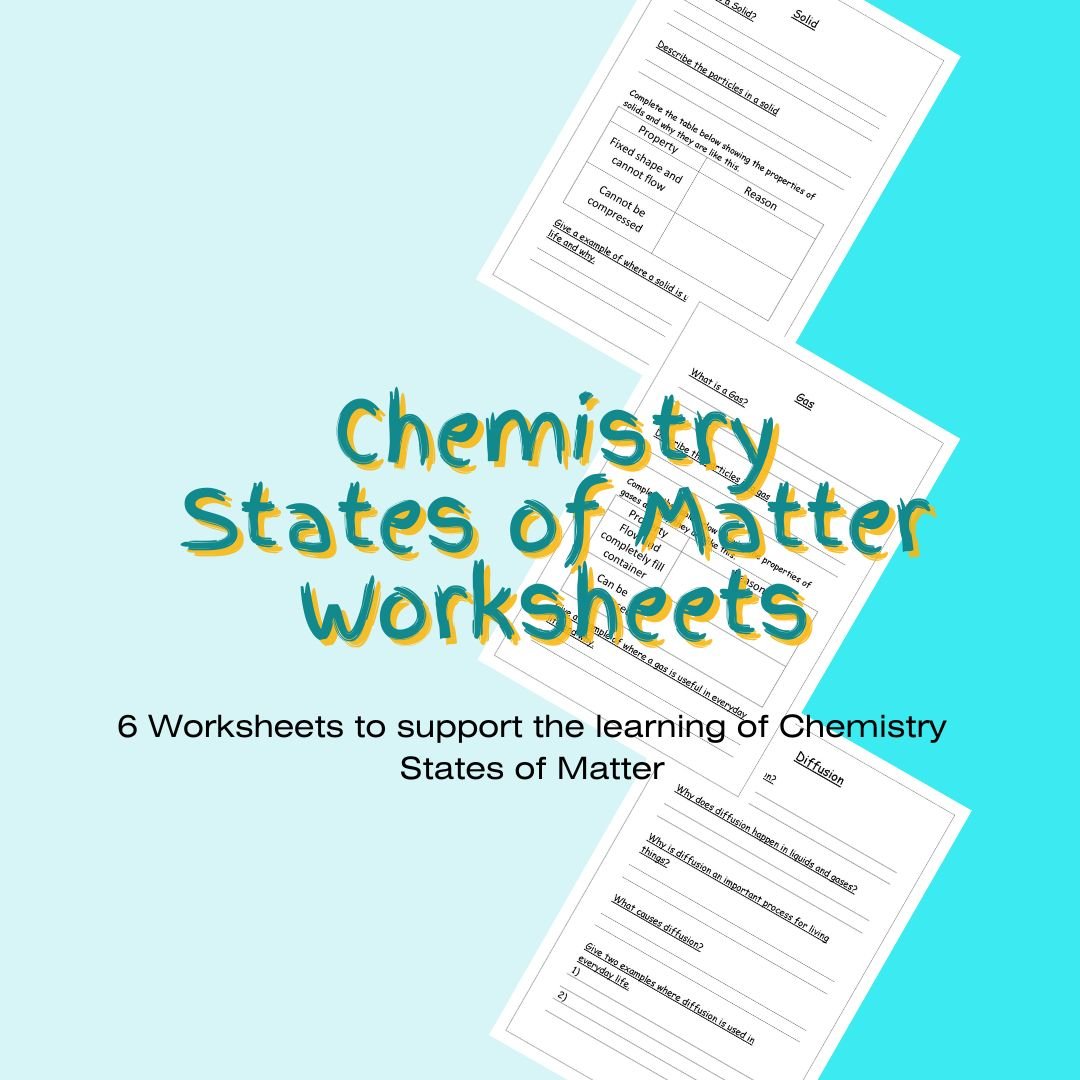
lessonplanned.co.uk
3 States Of Matter Worksheets
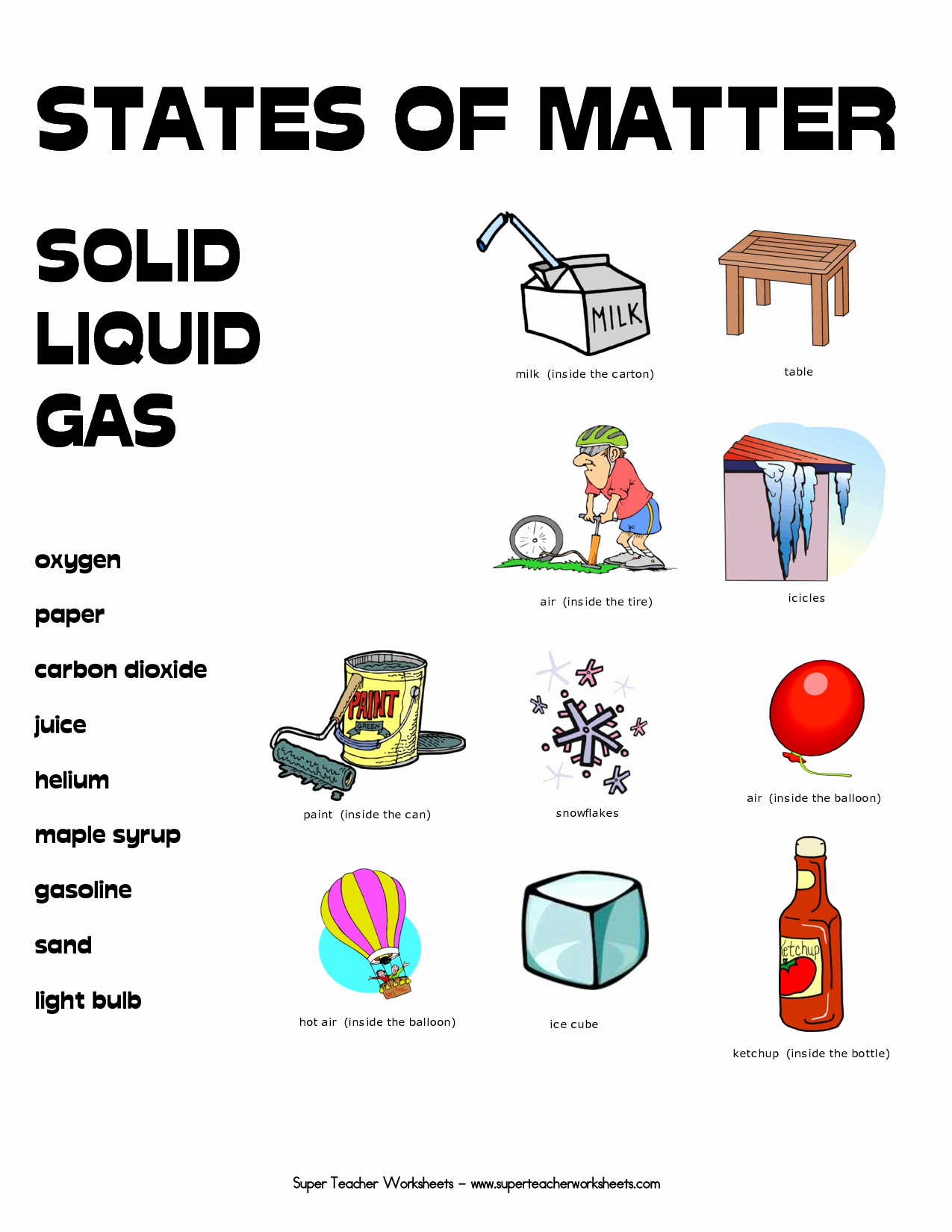
materialmediachancer.z14.web.core.windows.net
The Three States Of Matter Grade 5 – Answers | Slides Chemistry

worksheets.clipart-library.com
Changing States Of Matter – Worksheet | Printable And Distance Learning

www.madebyteachers.com
States Of Matter Worksheet : Solid Liquid Gas Worksheet

www.planetspin.in
13 Phase Changes Of Matter Worksheet – Free PDF At Worksheeto.com

www.worksheeto.com
Science 8 States Of Matter Worksheet States Of Matter Worksh

jpsaltanlmlessonmedia.z14.web.core.windows.net
States Of Matter For Kids Worksheet

animalia-life.club
States Of Matter Worksheet : Solid Liquid Gas Worksheet
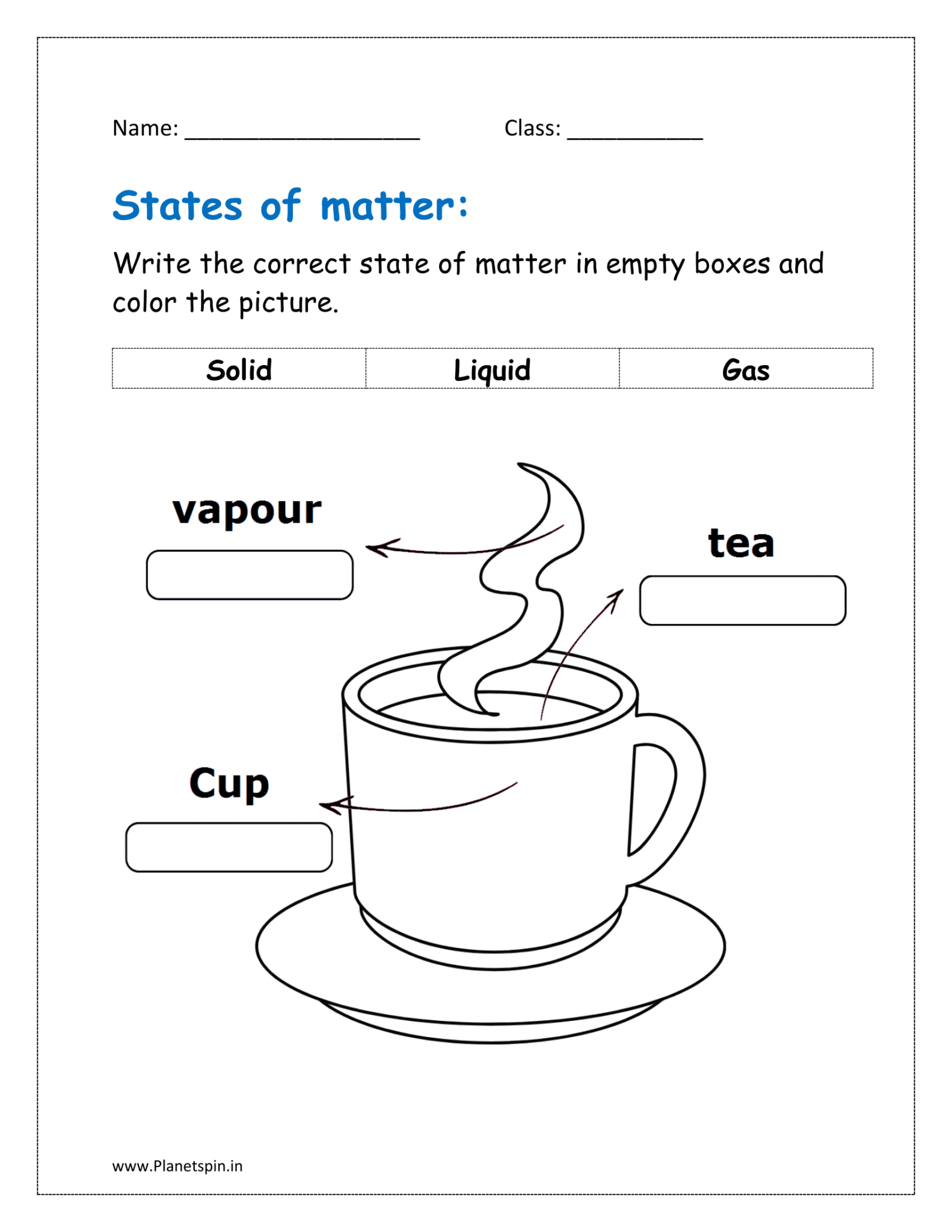
www.planetspin.in
States of matter worksheet : solid liquid gas worksheet. Classification of matter worksheet. State of matter worksheet – pro worksheet